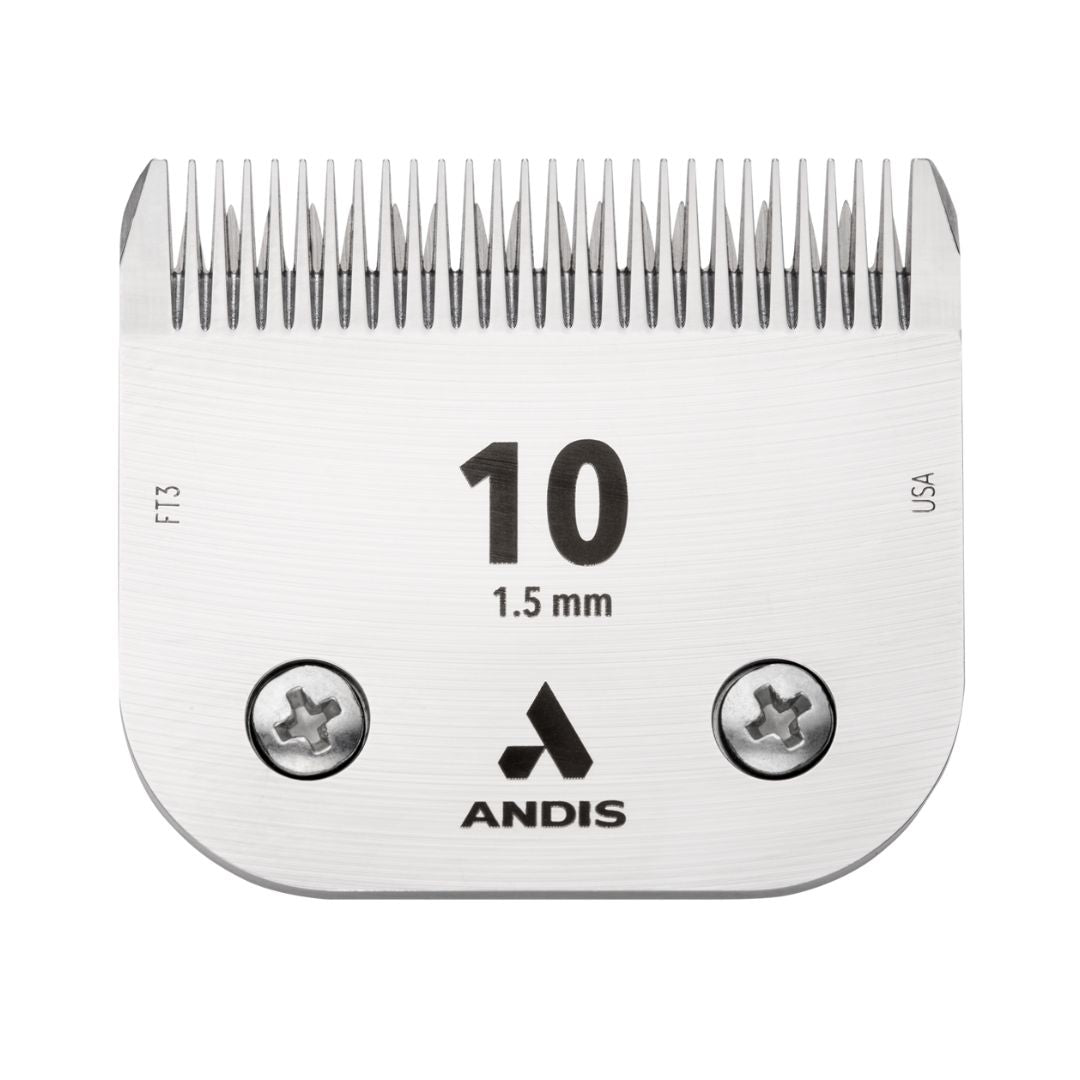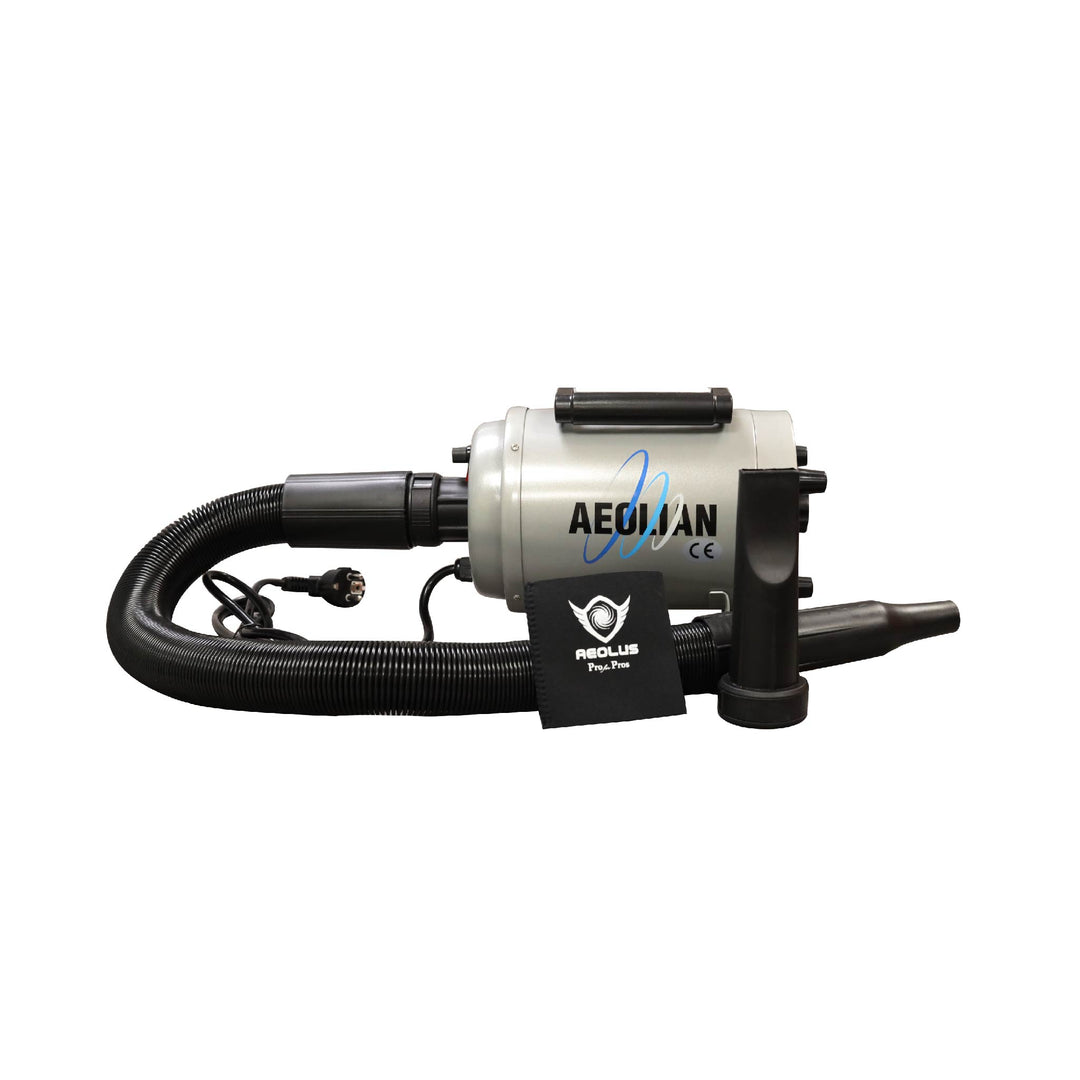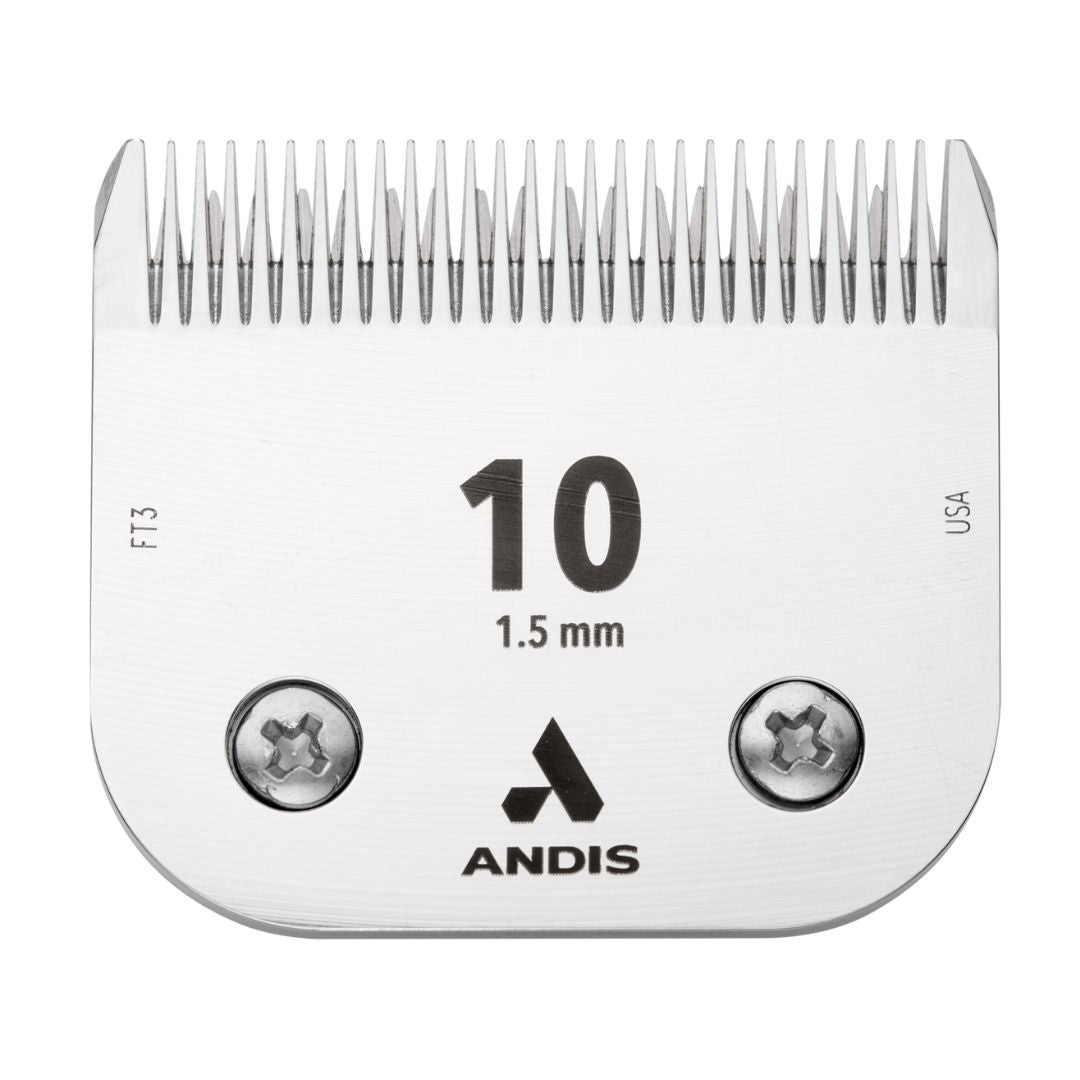Dog anatomy
Anatomy of dog - Speaking the language of canine anatomy can be the key component to working professionally with all breeds.
Dog anatomy comprises the anatomical studies of the seen elements of the body of a canine. information of systems range tremendously from breed to breed, greater than in another animal species, wild or domesticated,as dog are fairly variable in top and weight. The smallest recognized adult canine changed into a Yorkshire Terrier that stood simplest 6.three cm (2.5 in) at the shoulder, 9.five cm (3.7 in) in period alongside the pinnacle and body, and weighed handiest 113 grams (4.zero oz). the largest known adult dog turned into an English Mastiff which weighed a hundred and fifty five.6 kg (343 lb) and changed into 250 cm (98 in) from the snout to the tail. The tallest recognized person canine is a outstanding Dane that stands 106.7 cm (forty two.zero in) at the shoulder.



















Leave a comment
Please note, comments must be approved before they are published
This site is protected by hCaptcha and the hCaptcha Privacy Policy and Terms of Service apply.